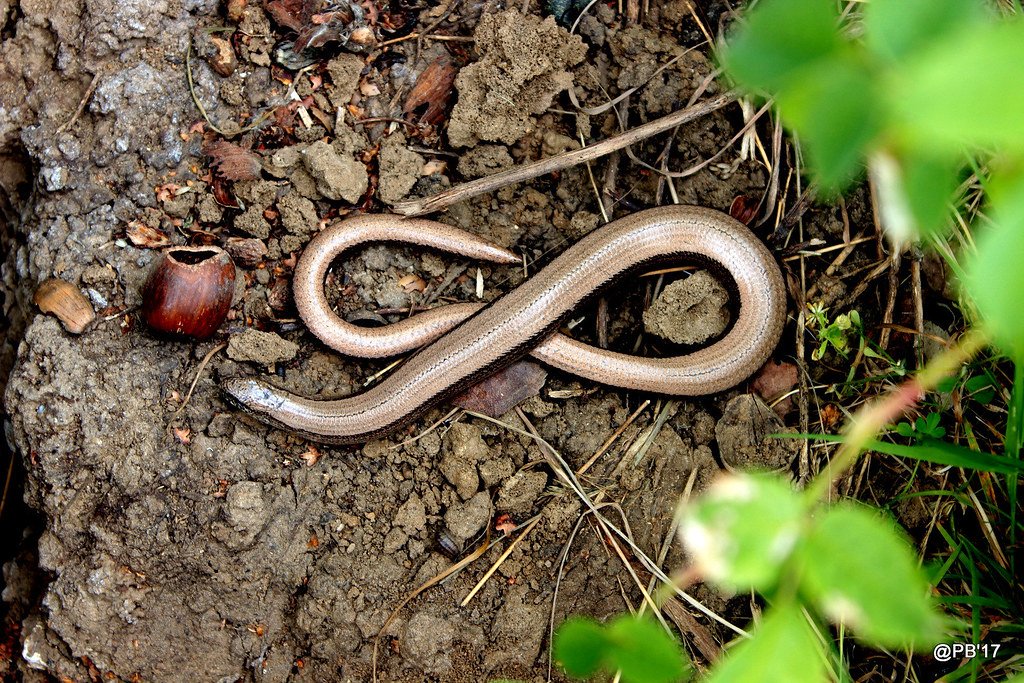Imagine stumbling upon a creature in your garden that slithers silently through the grass, shimmering in the sunlight, and for a split second, your heart skips a beat — is it a snake? Or maybe a giant worm? The truth is stranger and far more fascinating: this is the slow worm, a reptile that’s fooled people for centuries and continues to baffle with its mysterious lifestyle. It’s a master of disguise, a champion of survival, and a living relic of evolution’s most creative experiments. Let’s peel back the grass and leaf litter to discover the slow worm’s incredible story.
The Slow Worm’s True Identity Unmasked
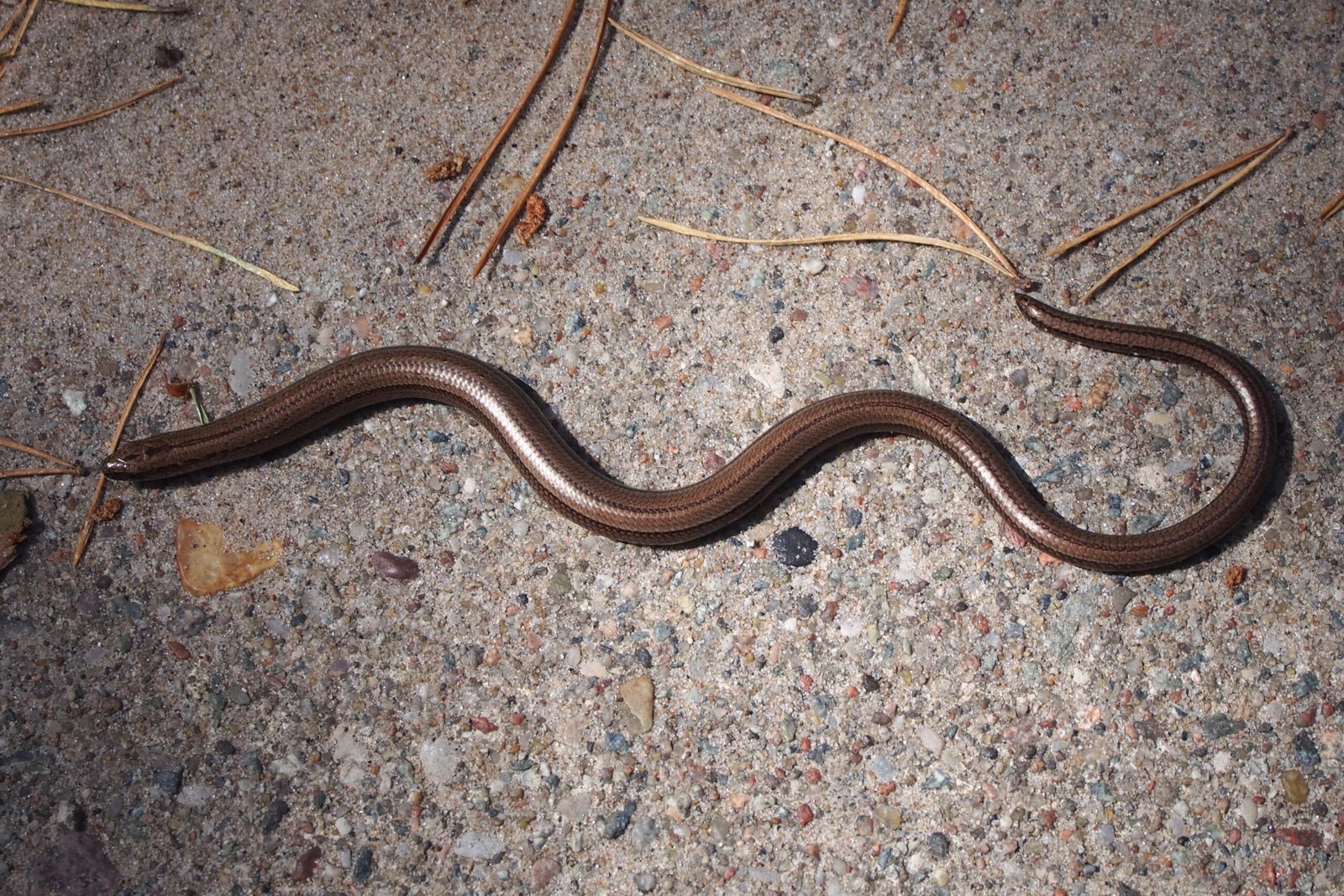
It’s easy to assume at first glance that the slow worm (Anguis fragilis) is either a snake or a worm, but that’s a trick of nature. In reality, the slow worm is a legless lizard. That’s right — it belongs to the lizard family, even though it has no legs at all. What’s even more amazing is that it shares traits with both lizards and snakes, such as its smooth scales and elongated body. However, unlike snakes, slow worms have eyelids that blink and small ear openings. The confusion is understandable, but once you know its true identity, you’ll never look at this creature the same way again.
Ancient Origins: A Relic of Evolution
The slow worm’s roots stretch far back in evolutionary history. Fossil evidence shows that legless lizards like the slow worm have existed for millions of years, adapting to life beneath the surface and among dense vegetation. Their lineage diverged from other lizards long before snakes ever slithered onto the scene. This evolutionary pathway gave them the unique body plan we see today: a limbless, streamlined form perfect for burrowing and disappearing into the undergrowth. Their ancient origins make them living witnesses to the grandeur of evolutionary change.
How to Spot a Slow Worm in the Wild
Spotting a slow worm is not as simple as you might think—they’re masters of camouflage. These creatures often hide under rocks, logs, or leaf piles, blending perfectly with their earthy surroundings. Their coloration ranges from golden-brown to grey, sometimes with a hint of copper. Unlike snakes, their scales shine with a glassy sheen, earning them the nickname “glass lizard” in some places. If you’re lucky enough to catch a glimpse, watch for their subtle, gentle movements as they glide through the grass, almost like a ribbon being pulled by an invisible hand.
Not a Snake: Key Differences Explained
It’s tempting to mistake a slow worm for a baby adder or grass snake, but several features set it apart. Unlike snakes, slow worms have eyelids and can blink, a trait snakes simply don’t possess. They also have small, visible ears, and their tongues are not forked like those of true snakes. When threatened, slow worms can shed their tails as a distraction, a classic lizard defense mechanism. These differences are not just trivial details—they’re clues to the slow worm’s true nature and evolutionary history.
The Art of Shedding Tails: Nature’s Escape Plan
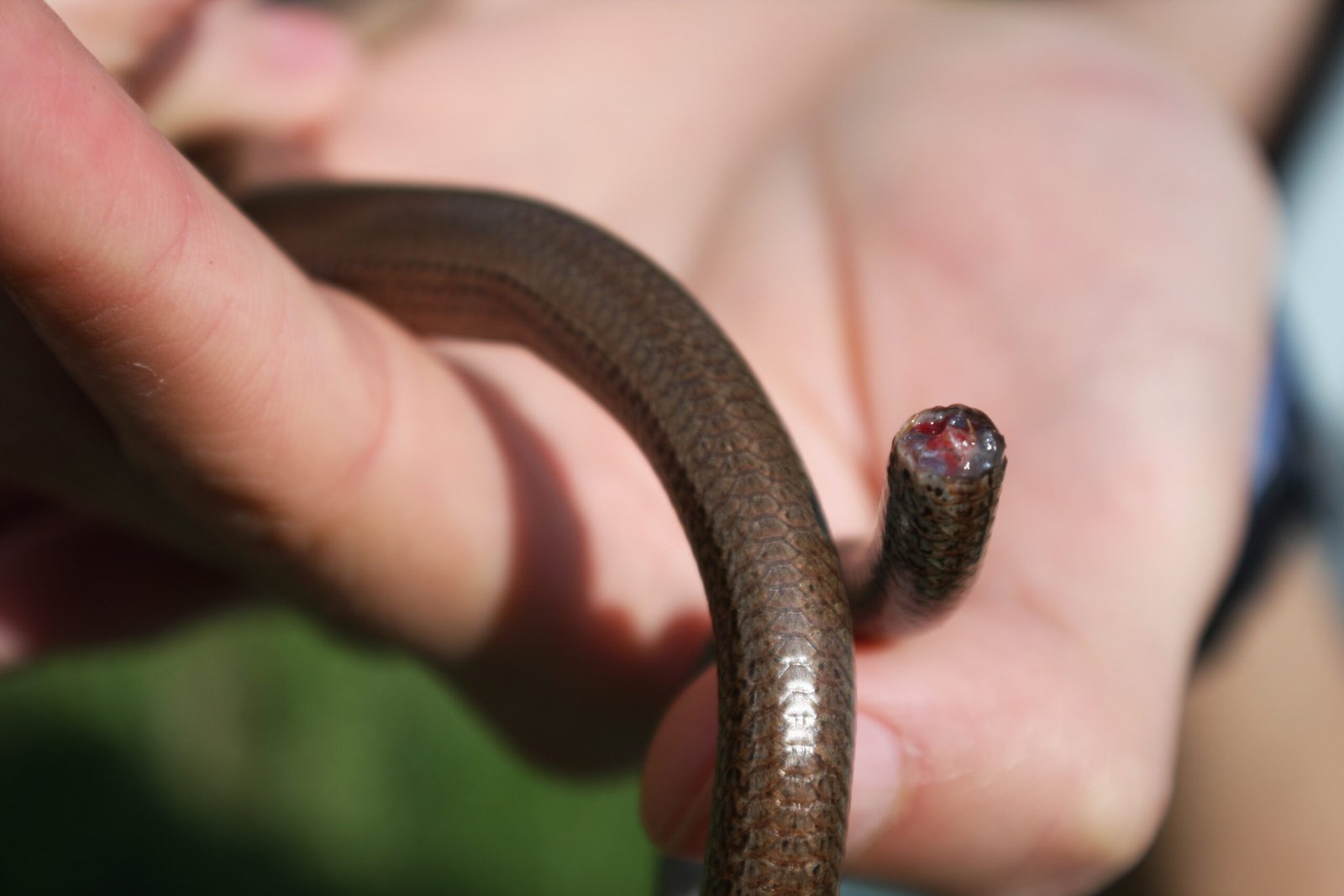
One of the slow worm’s most dramatic survival tricks is its ability to shed its tail when threatened. This isn’t just a party trick; it’s a matter of life and death. When a predator grabs hold, the tail breaks off and continues to wriggle, distracting the attacker while the slow worm makes its escape. Sadly, the tail doesn’t grow back to its original length, leaving a permanent reminder of a narrow escape. This remarkable adaptation is a testament to the slow worm’s resilience and resourcefulness.
Habitat: Hidden Worlds Beneath Our Feet
Slow worms are secretive creatures, preferring the cool, damp, and hidden places that most people overlook. They love compost heaps, garden borders, and woodland edges. These environments offer shelter from predators and a buffet of tasty invertebrates. You might be surprised to learn that your backyard compost pile could be a five-star hotel for a family of slow worms. Their preference for these microhabitats makes them important allies in controlling garden pests, even if most people never see them.
A Diet Fit for an Invertebrate Hunter
What’s on the menu for a slow worm? Think of them as the gourmet chefs of the lizard world, specializing in soft-bodied delicacies. Their favorite foods include slugs, snails, worms, and insects—creatures many gardeners consider pests. Slow worms are patient hunters, using their keen sense of smell to locate prey in the dark, moist soil. Their slow, deliberate movements are perfect for sneaking up on unsuspecting snacks, making them a natural pest control team.
Slow by Name, But Not By Nature
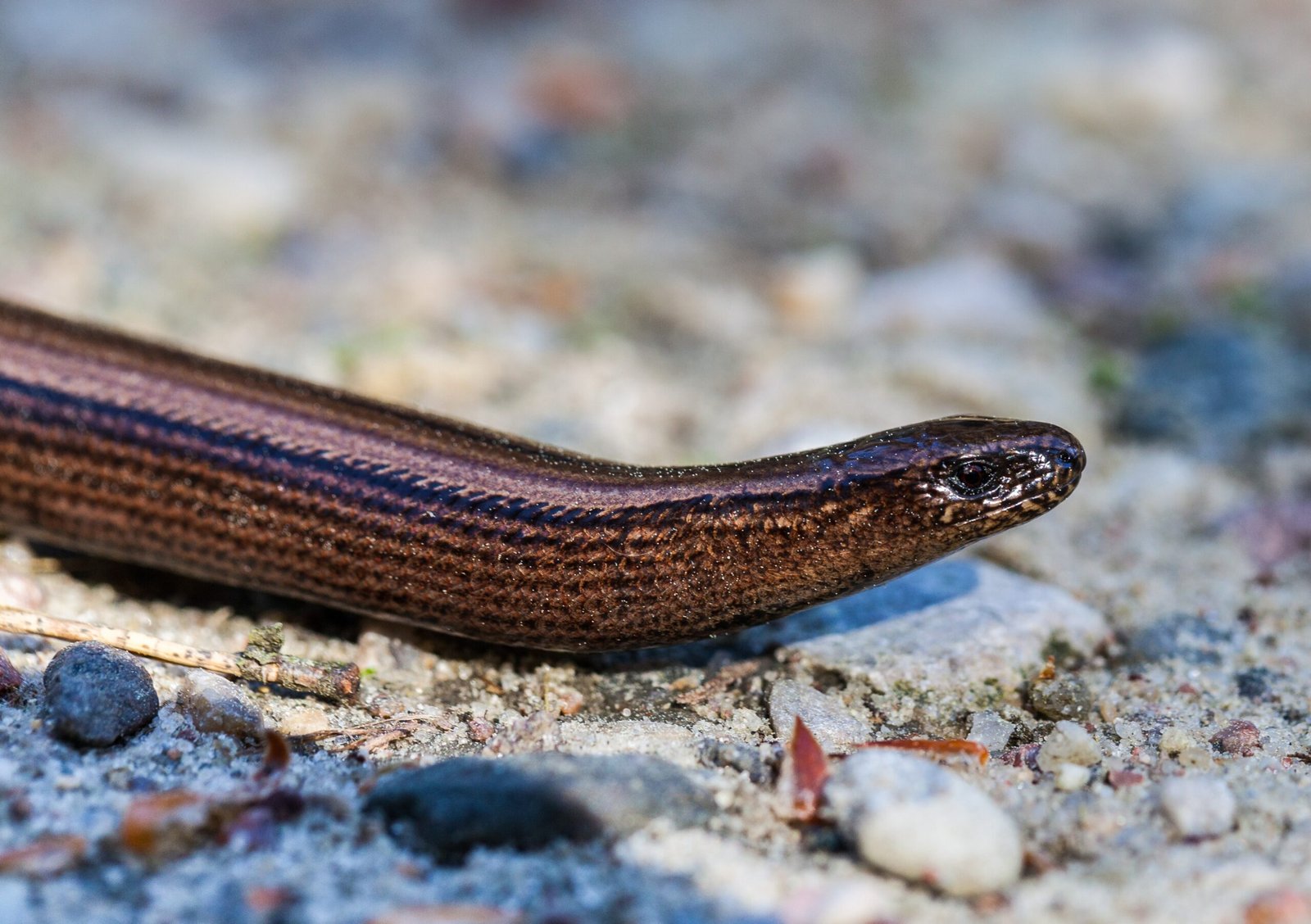
Despite their name, slow worms are not as sluggish as you might think. When threatened, they can move surprisingly fast, darting for cover in the blink of an eye. The “slow” in their name actually refers more to their calm, deliberate lifestyle rather than their speed. They spend much of their time basking in the sun or nestled in warm soil, soaking up the heat they need to stay active. This unhurried approach to life helps them avoid detection and conserve energy—true masters of stealth.
Seasonal Cycles: The Slow Worm’s Year

Slow worms are creatures of rhythm, closely tuned to the cycles of the seasons. As autumn approaches, they seek out safe places to hibernate, often gathering in groups for warmth and protection. Their bodies slow down, and they spend the coldest months in a state of torpor, emerging again in spring to bask and feed. This seasonal lifestyle helps them survive in temperate climates, where winters can be long and unforgiving. Each year is a cycle of renewal, survival, and, occasionally, dramatic escapes.
Reproduction: Birth Without Eggs

Unlike many reptiles that lay eggs, slow worms are viviparous—they give birth to live young. Females incubate the developing babies inside their bodies, providing warmth and protection until the tiny slow worms are ready to face the world. When the time comes, the mother gives birth to a handful of miniature replicas, already equipped with all the instincts they need. This method of reproduction gives slow worms an evolutionary edge in cooler climates, where eggs might not survive.
Garden Guardians: The Slow Worm’s Hidden Role
If you value a healthy, thriving garden, you should celebrate every slow worm you find. These unassuming reptiles are nature’s clean-up crew, devouring slugs and other pests that threaten your plants. Their presence is a sign of a balanced ecosystem, and their gentle ways pose no threat to humans or pets. In fact, encouraging slow worms in your garden is one of the easiest and most natural ways to keep pests in check—no chemicals required.
Threats and Challenges in a Changing World
Slow worms face many dangers in the modern world, from habitat loss to road traffic and domestic cats. As gardens are paved over and wild spaces shrink, their homes disappear, leaving them vulnerable. Pesticides and garden machinery pose additional threats, often with fatal consequences. Despite these challenges, slow worms are remarkably adaptable, sometimes even thriving in urban environments where people offer them protection—knowingly or not.
Climate Change: An Uncertain Future
The slow worm’s fate is closely linked to the climate. Warmer winters and unpredictable weather patterns can disrupt their hibernation cycles and reduce their chances of survival. Changing rainfall can alter their food supply, while more frequent droughts may dry out their favorite hiding spots. Scientists are watching closely to see how these gentle reptiles adapt to an uncertain future, but their resilience gives hope that they can continue to survive, even as the world changes around them.
A Symbol of Biodiversity in Our Backyards
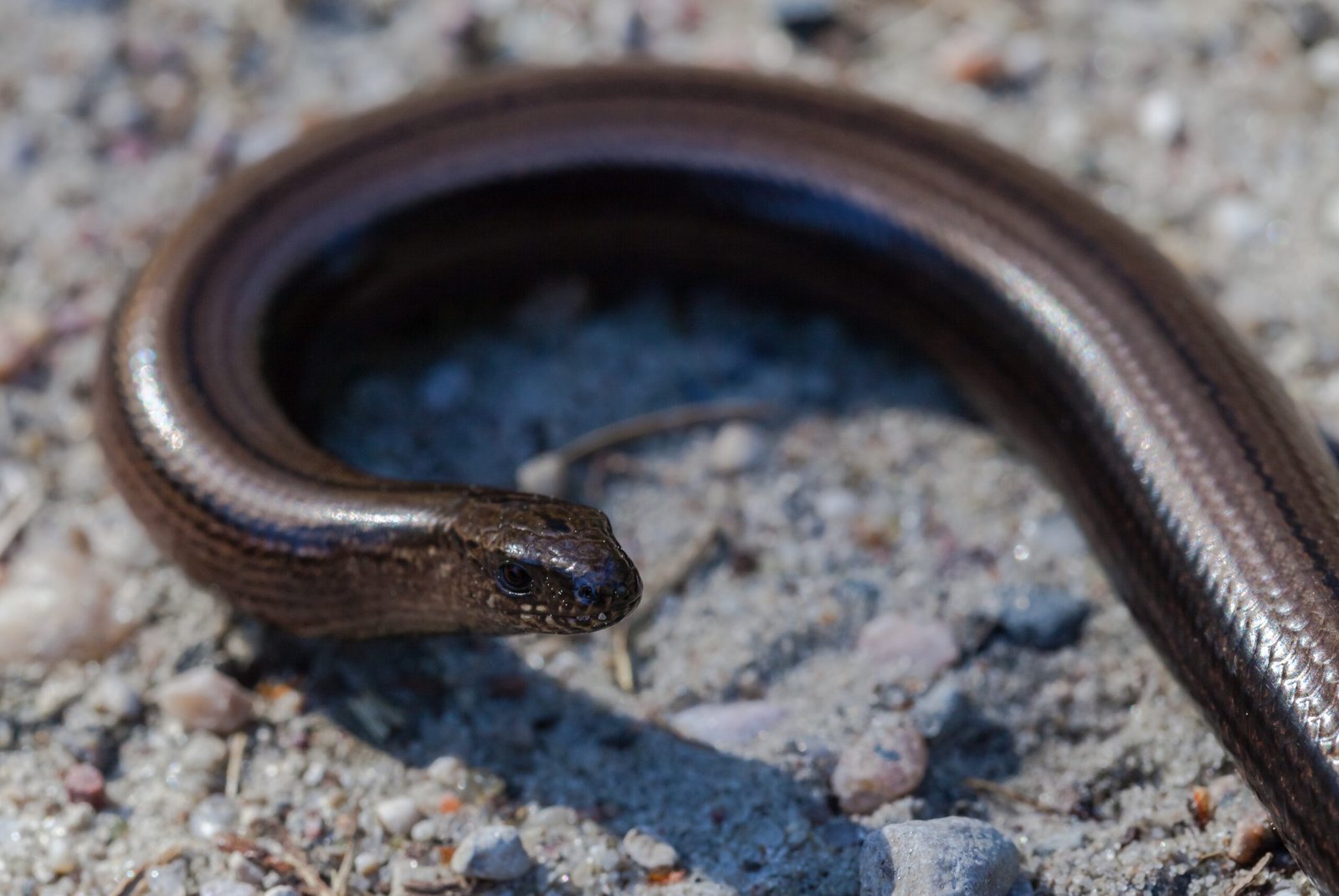
Slow worms are a symbol of the hidden biodiversity that thrives just out of sight. Their presence reminds us that even the most ordinary spaces—gardens, parks, roadside verges—can be home to extraordinary creatures. Every slow worm is a tiny ambassador for the wild, urging us to look closer and value the life that flourishes beneath our feet. Protecting slow worms means protecting the intricate web of life that supports us all.
Conservation Efforts: Protecting the Slow Worm’s Legacy
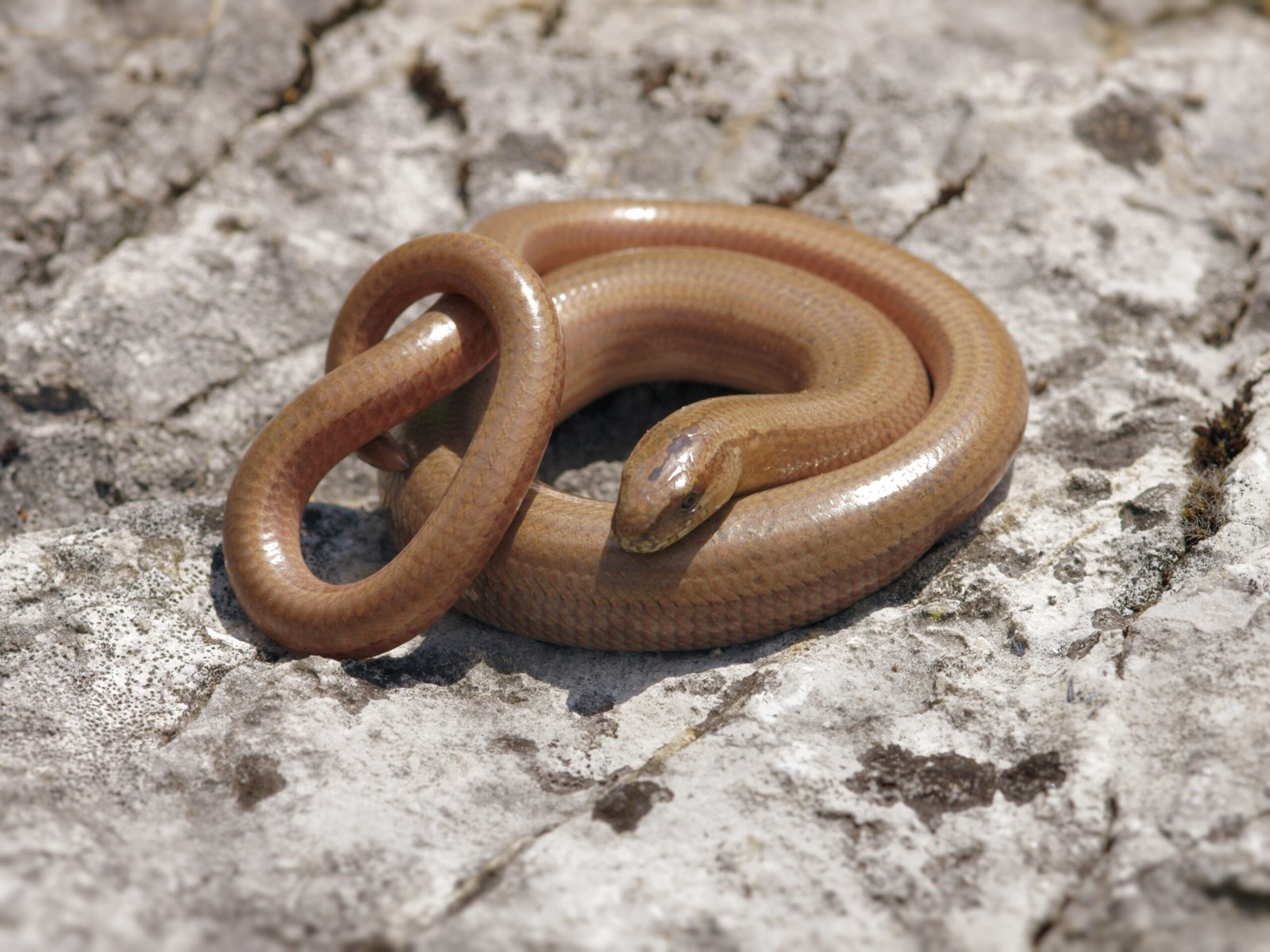
Across Europe, slow worms are legally protected, recognized as vital parts of local ecosystems. Conservationists work tirelessly to safeguard their habitats, create wildlife corridors, and educate the public about their importance. Simple actions, like leaving wild corners in gardens or building log piles, can make a huge difference. Every person who learns to cherish the slow worm is one more ally in the fight to preserve our natural heritage.
Why the Slow Worm Deserves Our Awe

The slow worm’s story is a testament to evolution’s power to surprise and delight. It’s a creature that defies easy categories, blending the traits of lizards, snakes, and worms into something utterly unique. Its adaptations are not just curiosities—they are marvels of survival, resilience, and quiet beauty. The next time you see a glimmer of bronze sliding through the grass, pause for a moment. You’re witnessing a living wonder, a survivor from another age, and a silent reminder that the world is full of secrets waiting to be discovered.

